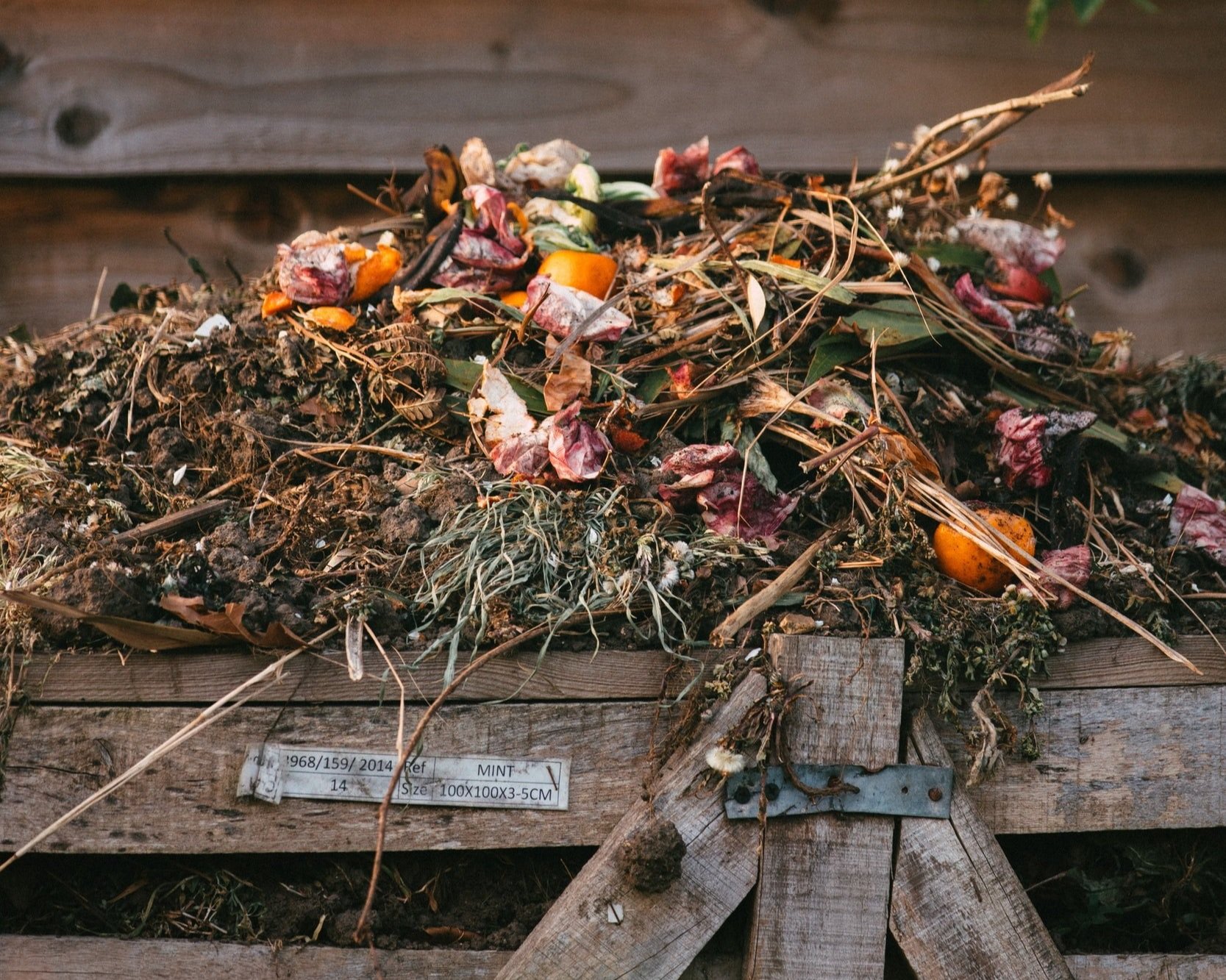AB 1985 Organic Waste
(R. Rivas)
OVERVIEW
AB 1985 requires CalRecycle to compile and maintain a list of persons or entities that produce and have organic waste product(s) available, as well as require that the list be updated at least every six months.
THE ISSUE
In 2016, California set organic waste diversion goals of 50% by 2020 and 75% by 2025 in order to reduce methane and short-lived climate pollutants emissions. This has led to local governments adopting practices like composting to reduce the amount of organic waste going into landfills. Due to a historically limited amount of organic waste products available, local governments have struggled to find a market for their organic waste products. AB 1985 will help local governments in reaching organic waste goals by providing a way to connect with local farmers and community members in need of organic waste products.
An estimated 35 million tons of waste are disposed of in California's landfills annually. Over half of the materials landfilled are organics subject to SB 1383 requirements. SB 1383 required the ARB to approve and implement the comprehensive short-lived climate pollutant strategy to achieve, from 2013 levels, a 40% reduction in methane, a 40% reduction in hydrofluorocarbon gases, and a 50% reduction in anthropogenic black carbon, by 2030. In order to accomplish these goals, the bill specified that the methane emission reduction goals include targets to reduce the landfill disposal of organic waste 50% by 2020 and 75% by 2025 from the 2014 level.
In order to achieve these goals, California’s waste management infrastructure is going to have to recycle much higher quantities of organic materials, involving significant investments in additional processing infrastructure. Like all recycling, organic waste recycling can only succeed if there is a market for the recycled materials.
Assemblymember Rivas
Position: Sponsored by Californians Against Waste
Contact: Nick Lapis
Status: Signed by the Governor
Current language, analysis, and votes: AB 1985


